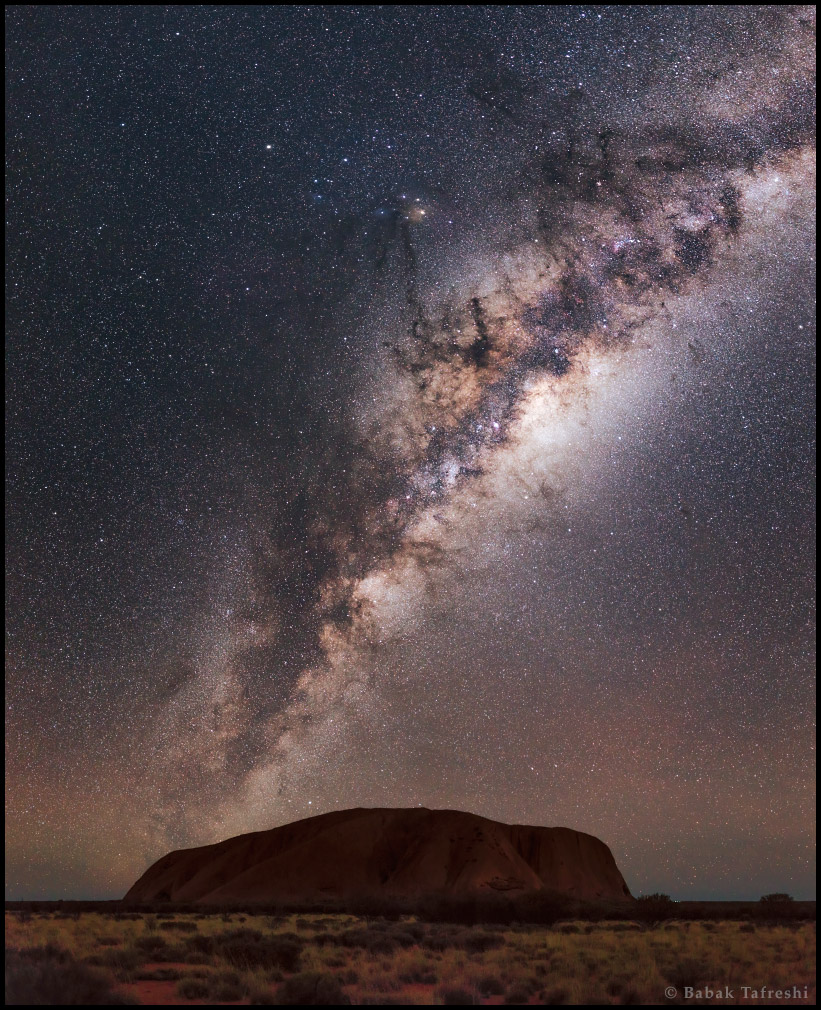See Physicist & SF Author Lesley L. Smith's website
NASA's Astronomy picture of the day

Every day a fun new picture!
Check out If Disney Princesses Were Earth and Environmental Scientists.
Check out Astrobites! Fun recent research!
Check out PhET Interactive Simulations for Science and Math from the University of Colorado.
Check out Teach Engineering Free STEM curriculum for K-12 from the University of Colorado.
Featured Topics
Climate Change: Weather is the current state of the atmosphere in terms of temperature, rain, humidity, wind, etc. for a specific location. Weather changes from minute to minute, and thus is considered short-term. Climate is essentially the average weather for a significant period of time for a particular region, and thus is considered long-term. Since climate is based on weather and weather changes, climate also changes. Dark Matter and Dark Energy: Despite their similar sounding names, dark matter and dark energy are not related.
Dark matter is a hypothetical kind of matter that cannot be seen with telescopes.
Dark energy is a hypothetical kind of energy that is thought to permeate space. Extrasolar Planets:
The words extrasolar or exosolar literally mean outside our solar system.
As you know, we live on a planet called Earth which orbits a star we call the sun. Together, the sun and the eight planets that orbit it are called our solar system.
Scientists know our solar system formed when a cloud of atoms and molecules in outer space were brought together because of the gravitational force. This cloud collapsed into a disk, called the protoplanetary disk. Then, clumps of matter in the disk were attracted to each other because of gravity--eventually forming the sun in the center with the planets surrounding it. Thus, to summarize, all you need to make a solar system is matter in outer space, gravity and a lot of time.
Interpretations of Quantum Mechanics: Interpretations of quantum mechanics (QM) fall within the realm of the philosophy of physics. They are a conceptual way to relate QM mathematics and concepts with QM observations and the physical meanings of these observations. There are three main types of interpretations: collapse theories, Many Worlds theories, and hidden variables. The Multiverse:
The idea of the Multiverse, or multiple parallel worlds comes from quantum mechanics.
Quantum mechanics (QM) is the branch of physics focused on very small things. Atoms are made of electrons, neutrons and protons. Neutrons and protons are made of quarks. Electrons and quarks are believed to be indivisible, and so are called elementary particles. Thus, the behavior of elementary particles is described by quantum mechanics.
Neutrinos:
Neutrinos are very small electrically-neutral elementary particles. The word 'neutrino' is actually Italian for 'little neutral one.' They're called elementary particles because they cannot be broken down into smaller particles. Sometimes, they're called subatomic particles because of their small size, but they aren't actually found inside atoms. Probabilities in Quantum Mechanics:
In QM, the quantum state of a particle is mathematically described by a wave function. Wave functions are considered the set of all probability amplitudes. Notice all probability amplitudes correspond to infinite probabilities. These probability amplitudes provide a relationship between the wave function of a system and the results of observations of that system. Thus, QM says that everything can be described in terms of probabilities.
Quantum Computing: Quantum computing is a special type of computing which utilizes quantum phenomena to perform operations on data. This is a new and active area of research in the real world and many experts believe it may revolutionize computing.
Quantum Mechanics: Quantum mechanics (QM) is the branch of physics focused on very small things. Atoms are made of electrons, neutrons and protons. Neutrons and protons are made of quarks. Electrons and quarks are believed to be indivisible and so are called elementary particles. Thus, the behavior of elementary particles is described by quantum mechanics. The Solar Neutrino Problem:
The sun is powered by nuclear fusion. More specifically, hydrogen atoms combine to form helium atoms and emit energy, anti-electrons, and neutrinos. The emitted energy is known as heat and sunlight and enables life on earth to exist. Anti-electrons are just like electrons but have an opposite electrical charge.
The Special Theory of Relativity:
The special theory of relativity, often just called special relativity, is the branch of physics that applies to very fast things. It is one of Albert Einstein's main claims to fame.
Special relativity relates space and time and is based on two primary postulates: the laws of physics are the same in all reference frames without acceleration, and the speed of light in the vacuum of space is the same for everyone. This speed, c, is specifically 186,000 miles per second.
The Speed of Light: The speed of light is exactly what it sounds like: how fast light travels. There are a surprising number of terms to describe light. Light, also known as visible light is made up of a whole spectrum of other colors of light: red, orange, yellow, green, blue, indigo, violet. Rainbows, and splitting a beam of light with a prism, illustrate this. The different colors of light correspond to different wavelengths: red light has the longest wavelengths (and least energy) while violet has the shorted wavelengths (and highest energy).
More about climate.
More about dark matter and dark energy.
More about extrasolar planets.
More about interpretations of quantum mechanics.
For more info see The Multiverse section of Quantum Mechanics.
More about neutrinos.
More about quantum mechanics probabilities.
More about quantum computing.
More about quantum mechanics.
More about the Solar Neutrino Problem.
For more info see the Special Theory of Relativity
More about the speed of light.
More about time.

